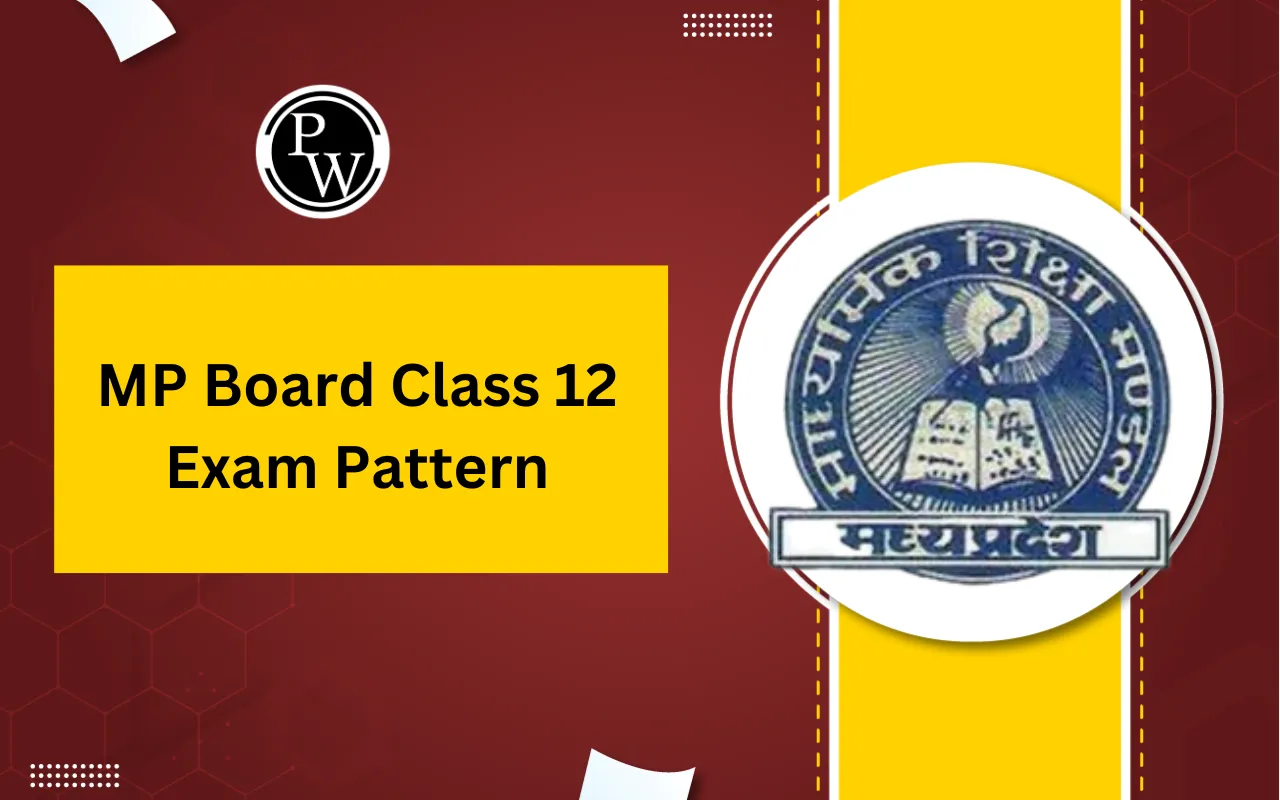
MP Board Class 11 Botany Mind Maps are helpful as they simplify and revise the vast syllabus of Class 11 Botany. Students struggle with remembering long theories, complex plant processes, and biological terms, but mind maps help them visualize concepts in a structured manner. With these diagrams, important topics become easier to recall during exams.
By using MP Board Class 11 Botany Mind Maps, students can prepare easier, revise quickly before exams, and have a good understanding of basic concepts. MP Board Class 11 Botany Mind Maps PDF covers every chapter and sub topic.
MP Board Class 11 Botany Mind Maps Chapter-wise
Here’s a chapter-wise list of the MP Board Class 11 Botany Mind Maps, highlighting the topics included in each mind map:
|
MP Board Class 11 Botany Mind Maps Chapter-wise |
|
|
Chapter |
Content Covered in Mind Map |
|
The Living World |
Characteristics of living organisms, taxonomy hierarchy, and biodiversity. |
|
Biological Classification |
Five Kingdom classification – Monera, Protista, Fungi, Plantae, Animalia. |
|
Plant Kingdom |
Algae, Bryophytes, Pteridophytes, Gymnosperms, Angiosperms. |
|
Morphology of Flowering Plants |
Root, stem, leaf, inflorescence, flower, fruit, seed. |
|
Anatomy of Flowering Plants |
Tissues, anatomy of dicot & monocot stems, roots, leaves. |
|
Cell: The Unit of Life |
Cell theory, prokaryotic & eukaryotic cells, organelles. |
|
Cell Cycle and Cell Division |
Mitosis, meiosis, significance of division. |
|
Transport in Plants |
Diffusion, osmosis, transpiration, ascent of sap. |
|
Mineral Nutrition |
Essential nutrients, deficiency symptoms, nitrogen cycle. |
|
Photosynthesis in Higher Plants |
Light & dark reactions, C3 & C4 cycle. |
|
Respiration in Plants |
Glycolysis, Krebs cycle, ETS. |
|
Plant Growth and Development |
Growth regulators, photoperiodism, seed dormancy. |
MP Board Class 11 Botany Mind Maps PDF
Students can also access the MP Board Class 11 Botany Mind Maps PDF for easy download and offline study. The PDF ensures you always have structured diagrams for revision right before exams:
|
MP Board Class 11 Botany Mind Maps PDF |
|
|
Chapter Name |
Download Link |
|
The Living World |
|
|
Biological Classification |
|
|
Plant Kingdom |
|
|
Morphology of Flowering Plants |
|
|
Anatomy of Flowering Plants |
|
|
Cell: The Unit of Life |
|
|
Cell Cycle and Cell Division |
|
|
Transport in Plants |
|
|
Mineral Nutrition |
|
|
Photosynthesis in Higher Plants |
|
|
Respiration in Plants |
|
|
Plant Growth and Development |
|
How to Use MP Mind Maps for Botany Class 11?
Mind maps are one of the most effective learning tools for Class 11 Botany students. They simplify large chapters into easy-to-remember visual diagrams. Here’s how you can make the most of MP Board Class 11 Botany Mind Maps:
-
Quick Chapter Overview
Each chapter in Class 11 Botany contains detailed explanations, diagrams, and technical terms. Mind maps condense all this information into a single-page summary. For example, instead of reading 20 pages on Plant Kingdom, you can revise its key divisions, examples, and characteristics in a single glance.
-
Exam-Oriented Preparation
Mind maps highlight important terms, processes, and definitions that are often asked in exams. Instead of wasting time on less important details, you can stay exam-focused. For instance, a mind map on Photosynthesis in Higher Plants will directly cover stages like light reaction, dark reaction, and factors affecting photosynthesis.
-
Active Recall
First, study the mind map thoroughly. Then, cover it with a sheet of paper and try to redraw it from memory. By doing this, you train your brain to recall concepts actively, which boosts retention and prepares you better for long-answer questions in exams.
-
Connections Between Topics
In Botany, many topics are interrelated. For example, Photosynthesis connects with Respiration, and both link to Plant Growth and Development. A mind map allows you to see these connections. This makes it easier to answer application-based and higher-order thinking (HOTs) questions.
MP Board Class 11 Botany Mind Maps FAQs
What are MP Board Class 11 Botany Mind Maps?
Where can I get MP Board Class 11 Botany Mind Maps PDF?
Are Class 11 Botany Mind Maps MP Board useful for exam preparation?
How to study with MP Board Class 11 Botany Mind Maps?
Do mind maps cover the complete Botany syllabus for Class 11 MP Board?










